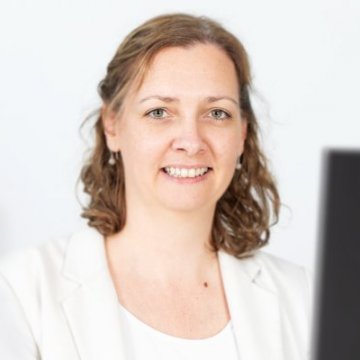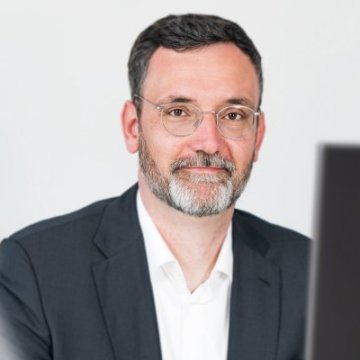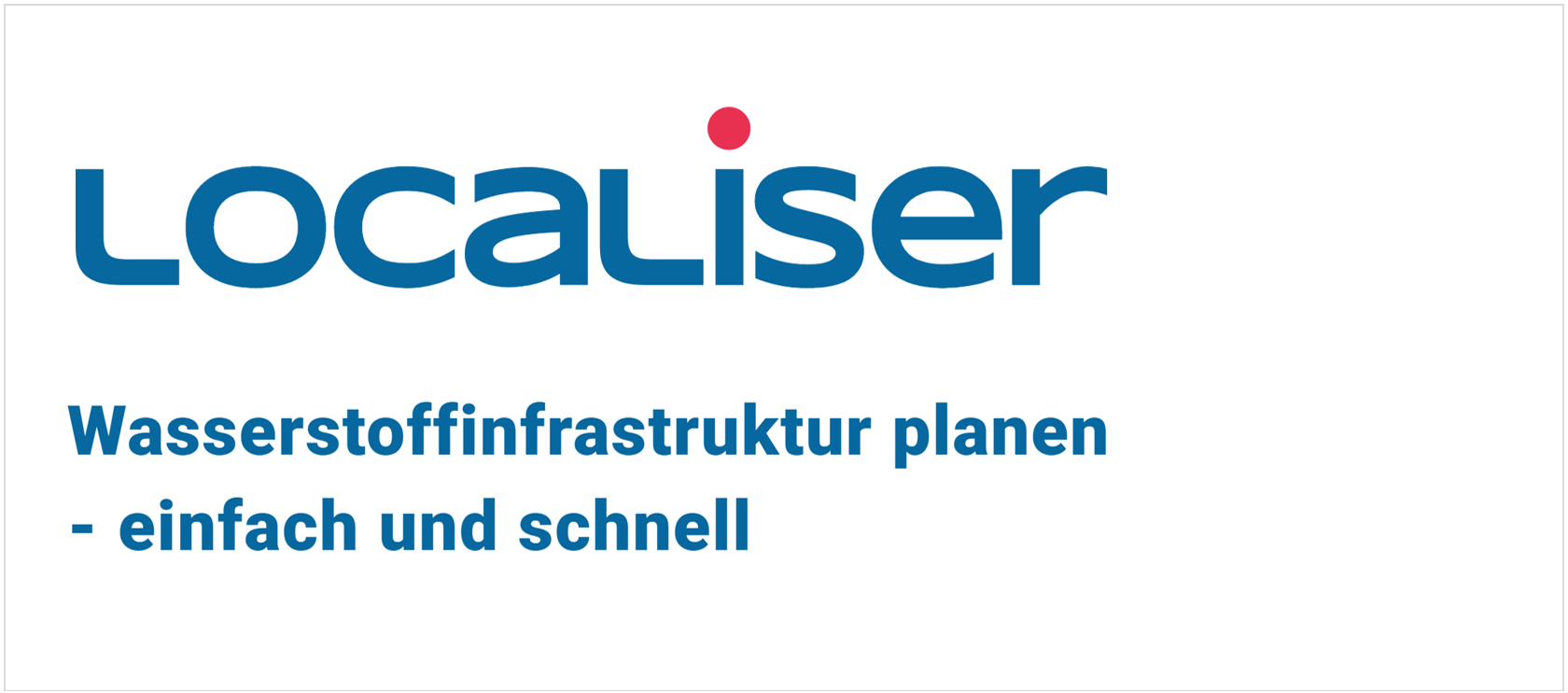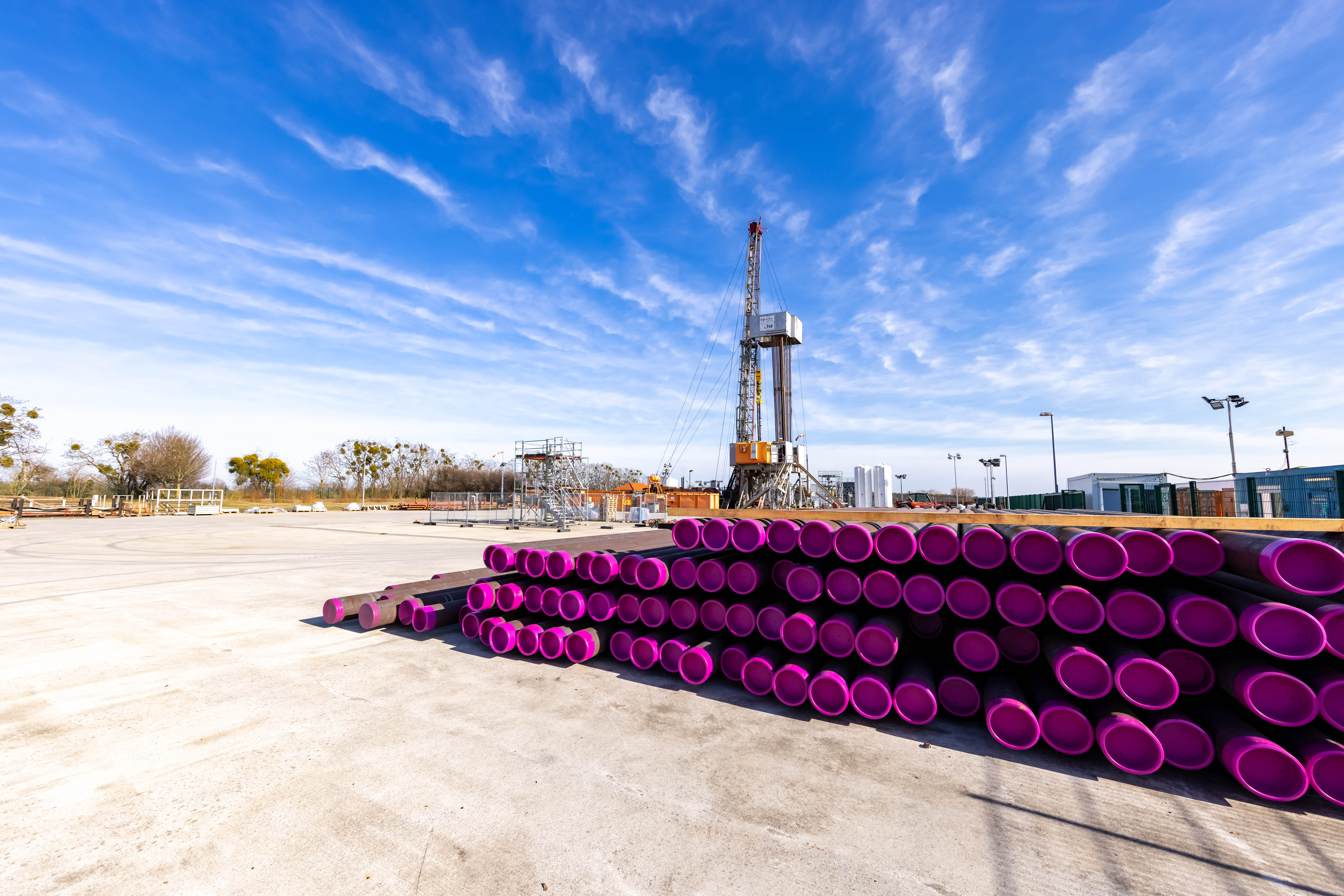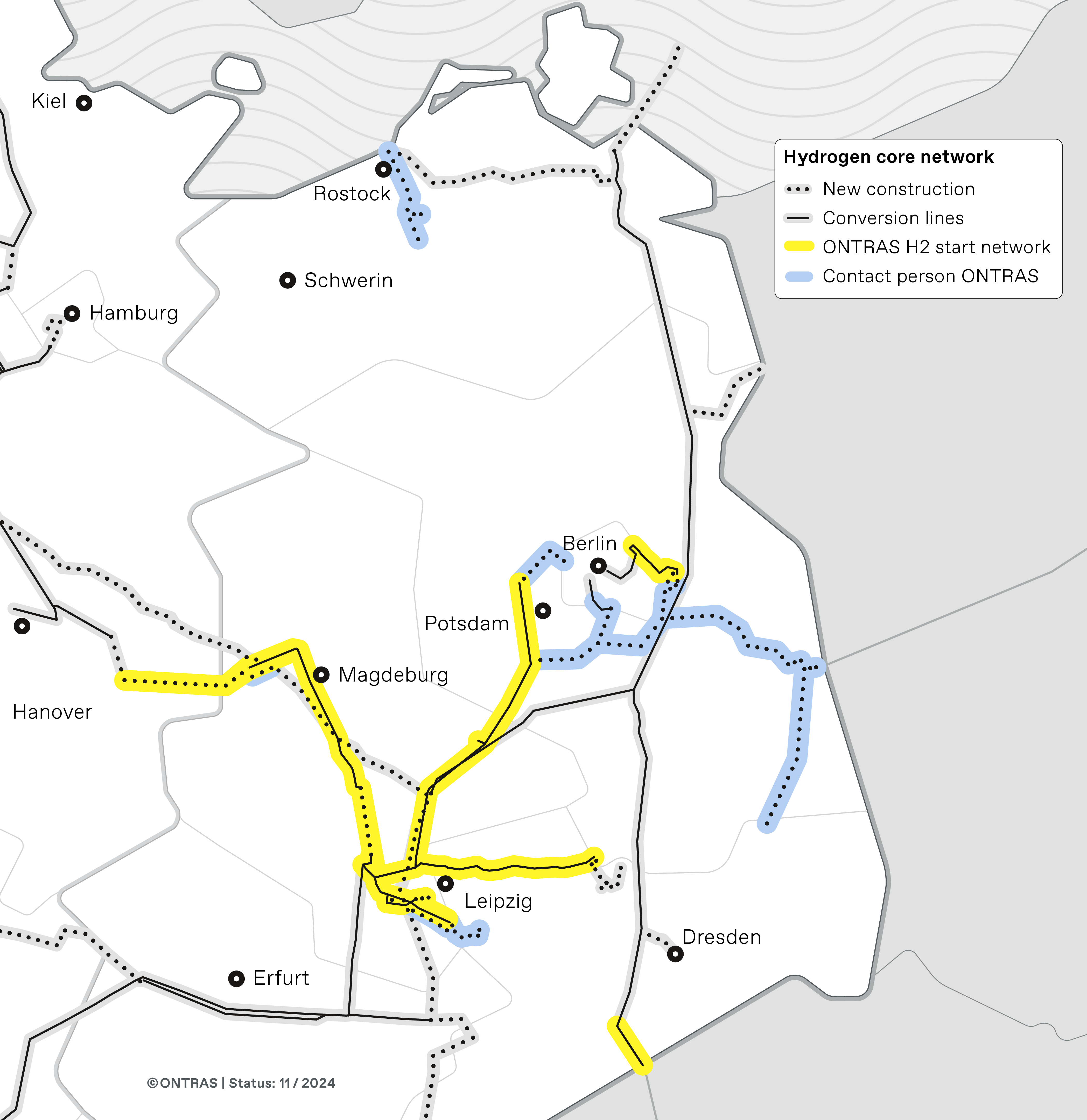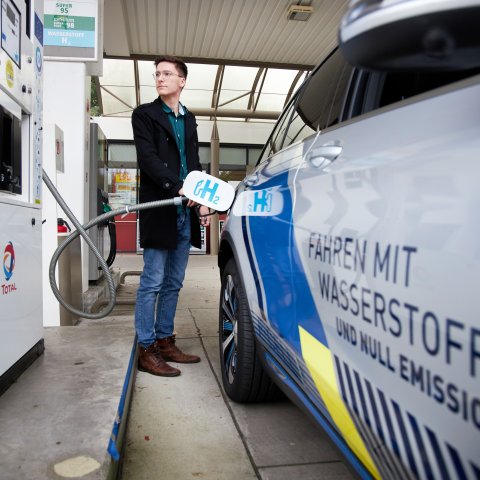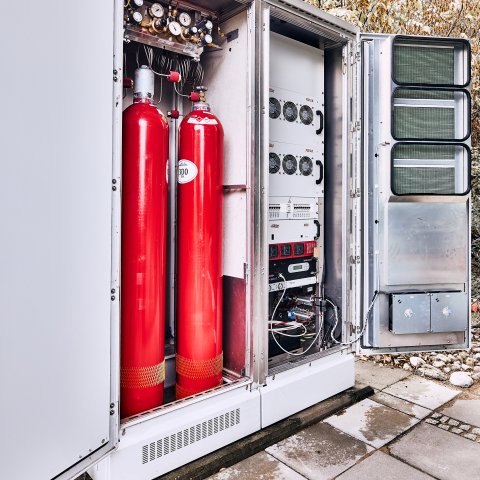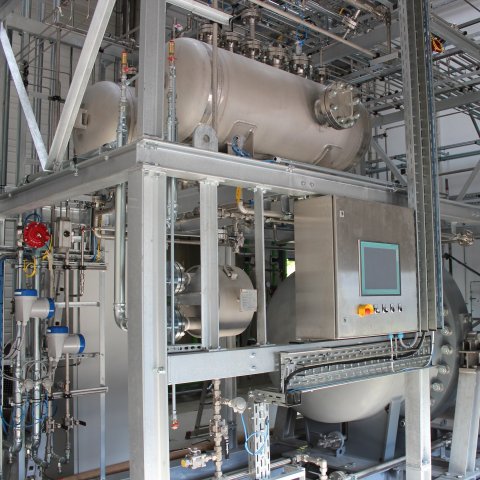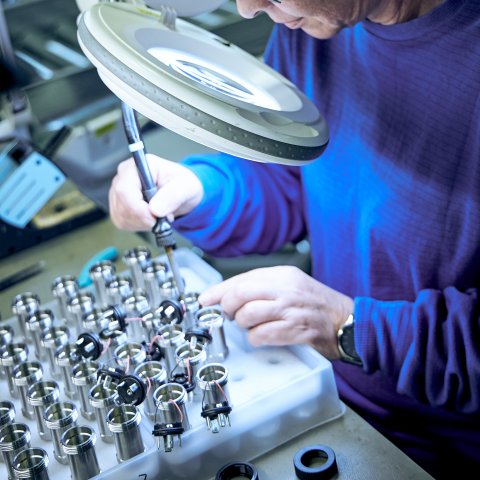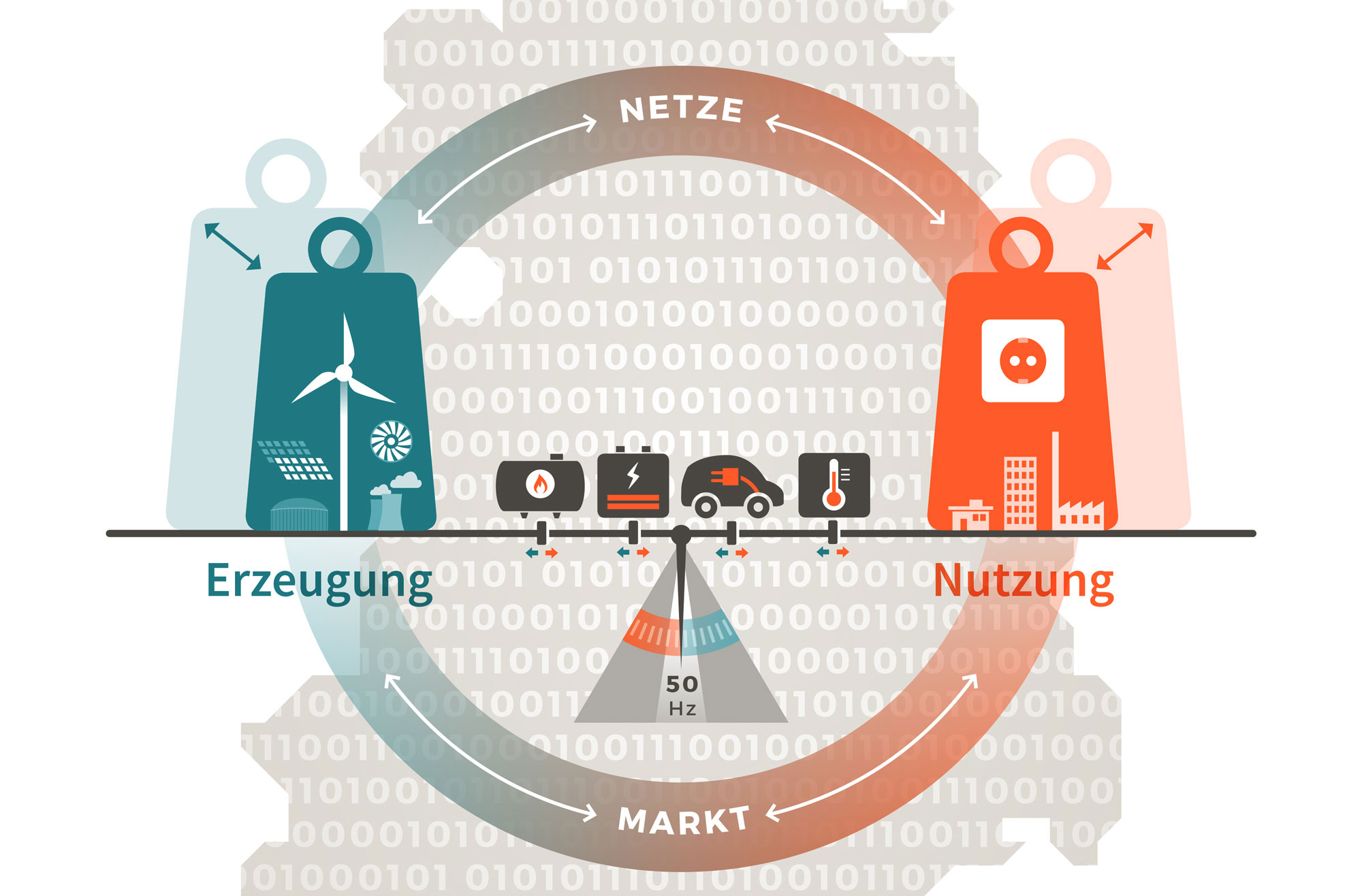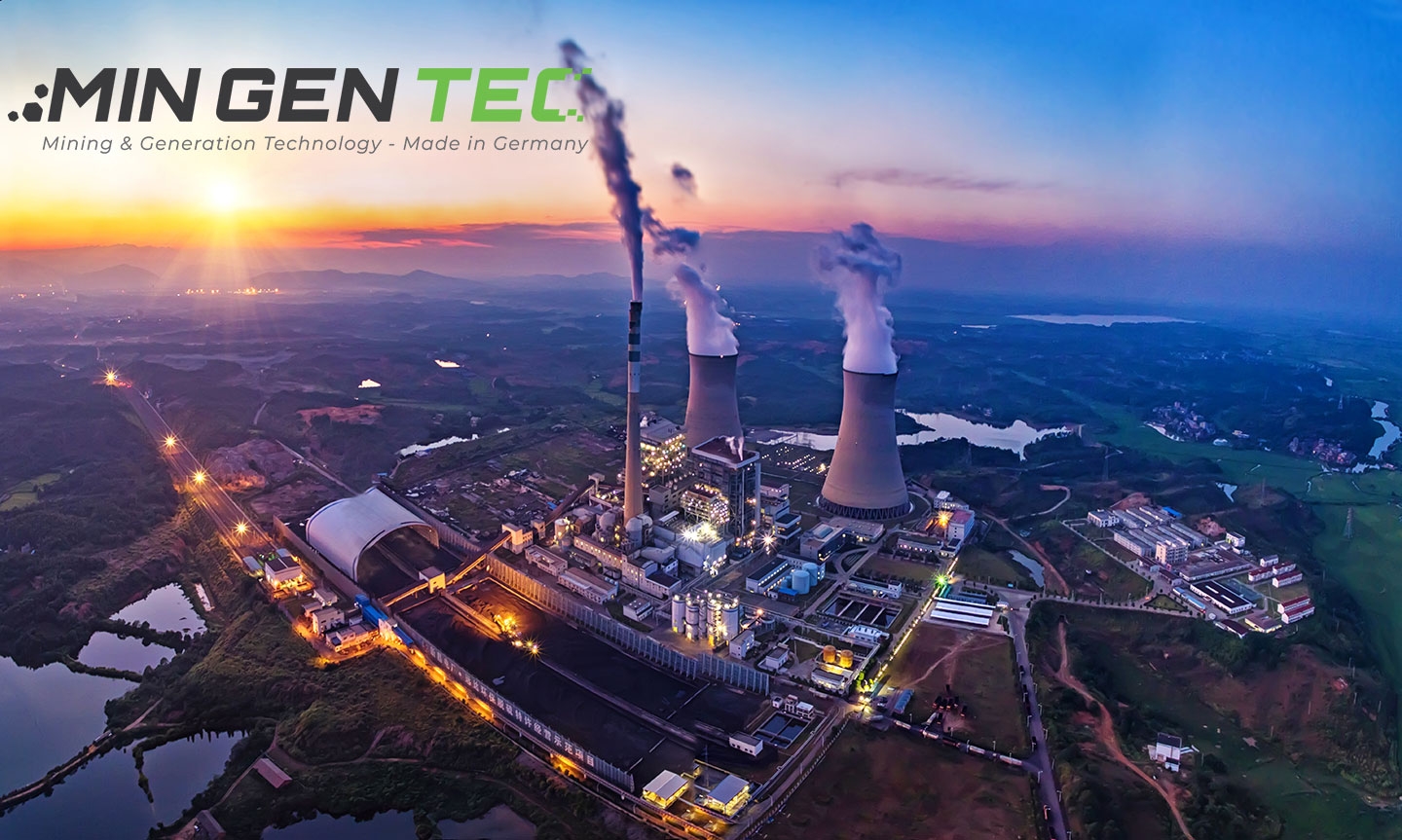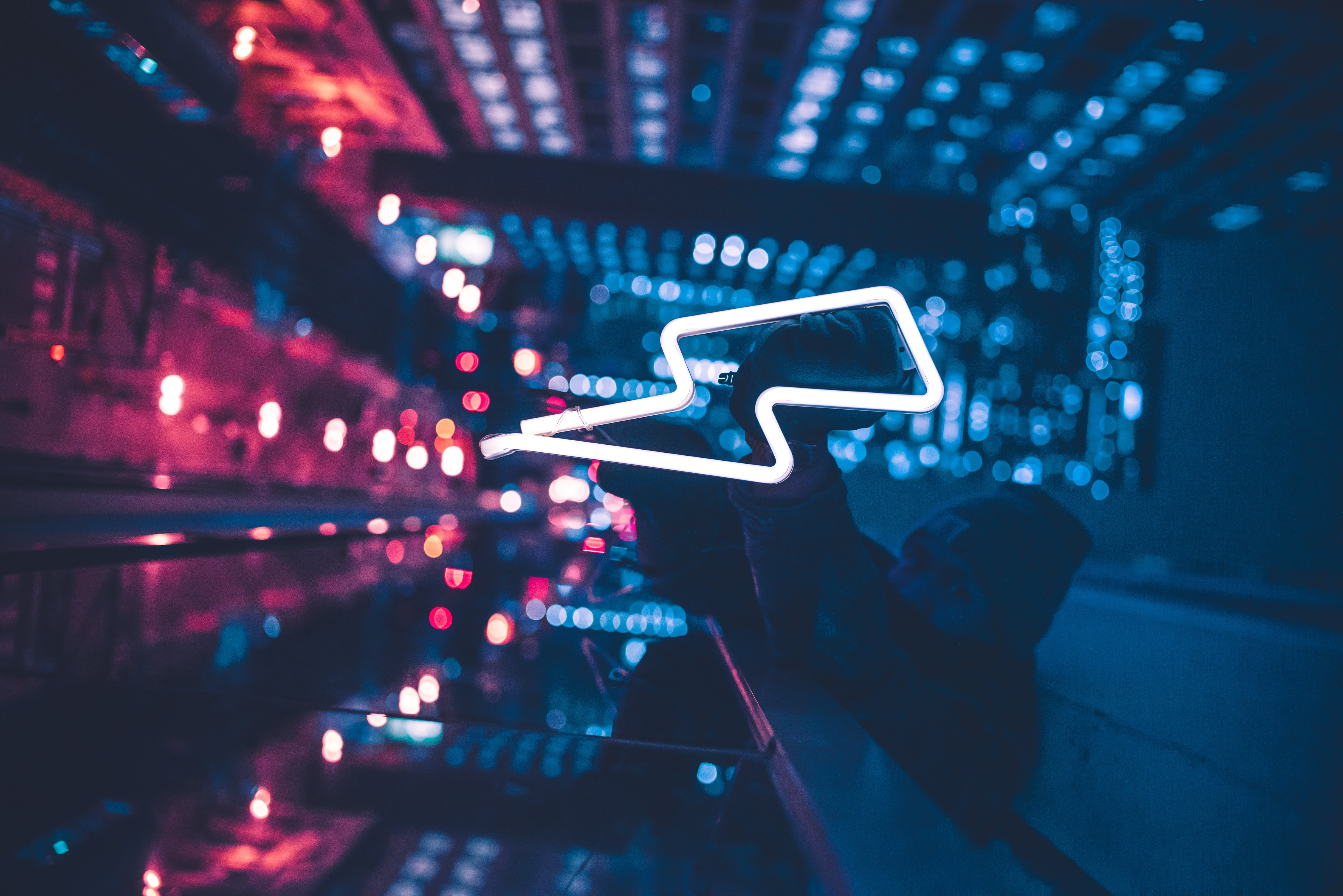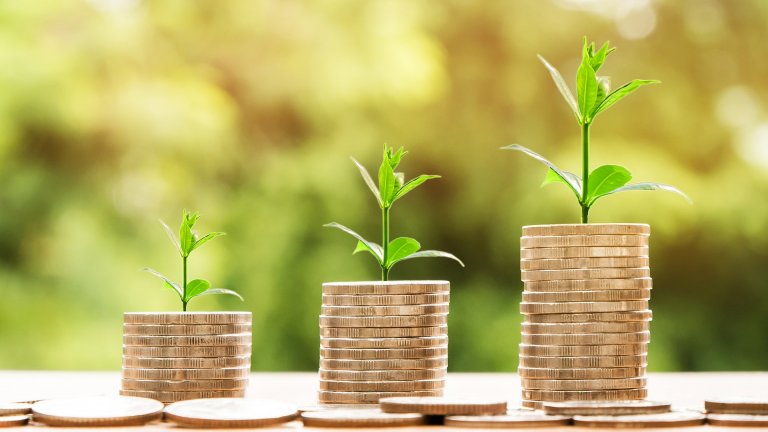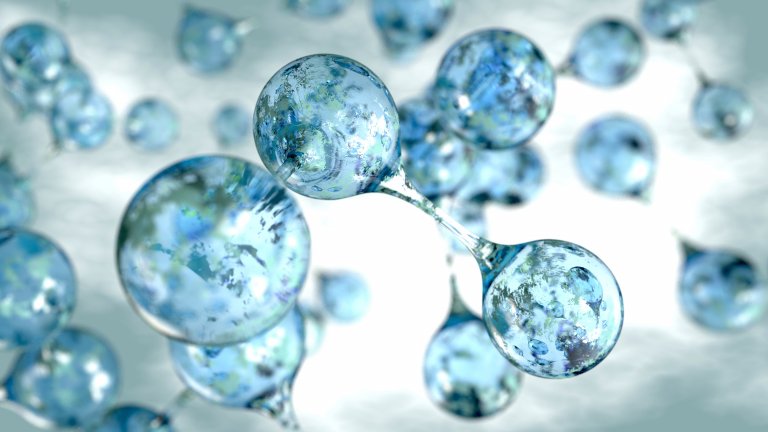
Hydrogen | Energy of the future
As an elementary component of sector coupling, hydrogen can link the electricity sector with the heat and mobility sector. This is because as the generation of electricity from renewable energies increases, the electricity grids are reaching their capacity limits.
The generation of hydrogen from surplus electricity through the process of electrolysis is one way of storing the energy and making it available at a later date and in a flexible manner at a given location.
Brandenburg is in the top group nationwide in the production of renewable energies. The capital region and Lusatia as a region of structural change offer special test fields for the production and use of hydrogen.
The players in the Berlin-Brandenburg Energy Technology Cluster are very committed to promoting research and application of hydrogen technology in the capital region.
Read more on this page about:
Networking the hydrogen economy in Berlin-Brandenburg
Berlin-Brandenburg wants to build up the hydrogen economy. Brandenburg occupies a top position nationwide in electricity generation from renewable energies and offers ideal conditions for the production of green hydrogen. At the same time, there are large potential customers from industry that need the green hydrogen to decarbonise their production processes. And the transport and logistics sector in the capital region also offers an ideal testing ground for the use of fuel cell-powered vehicles and synthetic fuels.
Based on the "Roadmap for the development of a hydrogen economy in Brandenburg and the capital region", the state of Brandenburg has developed the hydrogen strategy. This hydrogen strategy summarizes over 63 options for action for the development of the hydrogen economy. This roadmap now provides concrete recommendations for action and measures for prompt implementation that will promote the development of a hydrogen economy in the region.
We want to bring together all players along the green hydrogen value chain, from production to services and the final application of hydrogen. Please feel free to contact the cluster management for further networking with the Berlin-Brandenburg hydrogen economy.
A marketplace for the hydrogen economy Berlin-Brandenburg
The digital hydrogen marketplace presents hydrogen needs and offers on interactive maps, also with a view to the future. You can post your own plans, offers and requests along the entire hydrogen value chain. This allows companies to quickly and efficiently get involved in the hydrogen economy and contribute to building the value chain.
Plan the hydrogen infrastructure of tomorrow at: www.localiser.de/wasserstoff-infrastruktur-planen.
Actors and initiatives
In Brandenburg and Berlin, there are already a large number of players who are contributing their scientific expertise or testing the use of hydrogen in different areas.
What is being tested?
In recent years, a number of exciting projects have been launched in the capital region to test the integration of hydrogen as an energy carrier into the energy system.
Hydrogen projects for use, storage and distribution
Reference power plant Lausitz (RefLau): Renewable energies will be used to produce green hydrogen and practical processes for reconversion into electricity will be developed. On the research side, the project is being supported by a consortium led by Fraunhofer IEG, BTU Cottbus-Senftenberg and TU Dresden.
HyCAVmobil: EWE AG and the DLR Institute of Networked Energy Systems are testing the storage of 100 % hydrogen in a 1,000 meter deep salt cavern in Rüdersdorf near Berlin. With a volume of 500 m³ and an investment of €10 million, it is a pioneering European project for large-scale hydrogen storage and the decarbonization of mobility.
Concrete Chemicals: a pioneering CCU project that converts CO₂ emissions from cement production into sustainable fuels. By integrating carbon capture with green hydrogen, synthetic hydrocarbons and methanol are produced, reducing CO₂ emissions. Using innovative Fischer-Tropsch technology, the project enables the production of eFuels, including certified e-kerosene for aviation that meets EU-RED II criteria. The pilot site in Rüdersdorf serves as a model for CO₂-neutral cement production, supports EU climate targets and drives industrial sustainability.
ENERTRAG - Electrolysis Corridor East: large-scale production, storage and distribution of green hydrogen: ENERTAG's project aims to build and operate 185 MW of electrolysis capacity in Brandenburg and Mecklenburg-Western Pomerania. By using renewable energies, 17,000 tons of green hydrogen are to be produced annually and fed into the “doing hydrogen” pipeline for industrial applications. With an investment of 94 million euros and an expected CO₂ saving of 135,000 tons per year, the project supports the goals of the EU Green Deal and REPowerEU and drives the expansion of a sustainable hydrogen infrastructure in Germany.
doing hydrogen - hydrogen transport system: ONTRAS Gastransport GmbH is planning to build a 618 km hydrogen pipeline network in Brandenburg, Mecklenburg-Western Pomerania, Saxony and Saxony-Anhalt. It comprises 442 km of new pipelines and 176 km of rededicated gas pipelines for the transportation of 100% hydrogen. The project will connect producers, consumers and storage facilities and thus strengthen the German hydrogen infrastructure. Construction is scheduled to start in 2025 and commissioning in 2027-2028 to support the hydrogen economy and the EU's decarbonization goals.
Hydrogen projects in mobility
Hydrogen rail Heidekrautbahn: In future, the Heidekrautbahn (RB27) is to be operated with regionally produced, green hydrogen from renewable wind and solar energy - this is the vision of a pioneering pilot project for emission-free rail transport. The joint project is being carried out by ENERTRAG SE (H2 production), Kreiswerke Barnim GmbH (KWB, project coordination) and Niederbarnimer Eisenbahn (NEB, train operation). Scientific support is being provided by BTU Cottbus-Senftenberg and the German Aerospace Center (DLR).
Center for Hybrid Electric Systems Cottbus (chesco): The center for research into hybrid-electric and electric systems for the mobility sector conducts research into alternative drives for cross-industry application. The current focus is on the aviation sector, but in future the center will expand its fields of application to include the automotive, rail and shipping sectors.
ELEKTRA: The use of hydrogen is also being tested in shipping. In the ELEKTRA project of BEHALA and TU Berlin, an emission-free boat powered by a fuel cell has been developed and is being tested in the Berlin-Brandenburg region and between Berlin and Hamburg.
What already exists?
Even though the topic of hydrogen has only recently attracted a great deal of attention, there are players in the capital region who have been producing and using green hydrogen for some time.
Brandenburg hydrogen cluster: The Brandenburg hydrogen cluster focuses on the future-oriented decarbonization of energy-intensive industry in the state of Brandenburg. The working group was launched in December 2020 and is currently being driven forward by the following companies ArcelorMittal Eisenhüttenstadt GmbH, Ardagh Glass GmbH, BASF Schwarzheide GmbH, CEMEX Zement GmbH, ENERTRAG SE, EWE GASSPEICHER GmbH, Lausitz Energie Kraftwerke AG (LEAG), LEIPA Georg Leinfelder GmbH, Mitteldeutsche Netzgesellschaft Gas mbH, ONTRAS Gastransport GmbH, PCK Raffinerie GmbH, RIVA Stahl GmbH and VNG. The Brandenburg Hydrogen Cluster is coordinated by the Brandenburg Ministry of Economic Affairs, Labor and Energy (MWAE) and the Brandenburg Economic Development Corporation (WFBB).
Prenzlau hybrid power plant: ENERTRAG AG and its partners built a hybrid power plant in Prenzlau several years ago, which uses electrolysis to produce green t:hydrogen from surplus wind power. Two adjacent combined heat and power plants can be operated with a mixture of hydrogen and biogas.
Hydrogen Research Center at BTU Cottbus-Senftenberg: How can the production of hydrogen be made more efficient and flexible? This is the question the Hydrogen Research Center is working on. The researchers are not only helping to master the energy technology challenges of the future: they are also contributing their expertise to many regional hydrogen projects.
H2Safety@BAM Competence Center for Hydrogen (BAM): BAM has pooled its expertise in the field of hydrogen technologies to form the H2Safety@BAM Competence Center, in which around 150 experts are active. BAM's current hydrogen strategy creates important conditions for a successful market ramp-up and ensures the technical safety and monitoring of infrastructures and plants - from production and transportation to the storage and supply of hydrogen as the energy carrier of the future.
Contact persons in the capital region
For further information, we have compiled an overview of contact persons in the capital region and beyond.
Funding and financing
Funding programs and competitions are being initiated with increasing frequency by the EU, the federal government or the states to facilitate and stimulate investment in hydrogen technology. Current calls for proposals can always be found under News on the cluster homepage. Long-term programs and general tips can be found on the Funding & Financing subpage.
You can find further special funding offers in the field of hydrogen on the following websites:
One-Stop-Shop - Hydrogen - Funding advice
Funding finder - NOW GmbH
